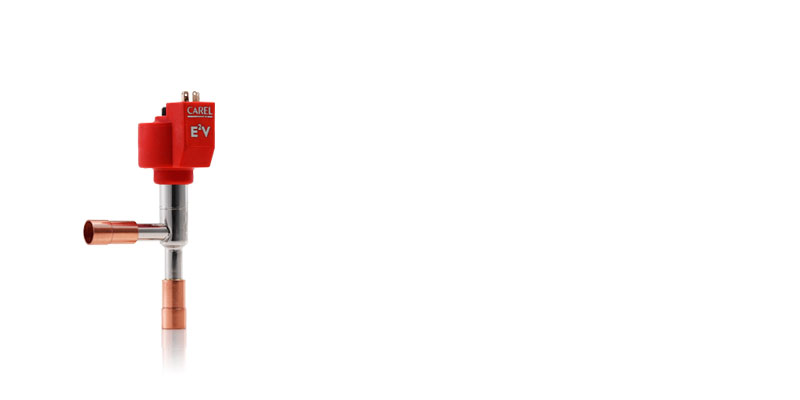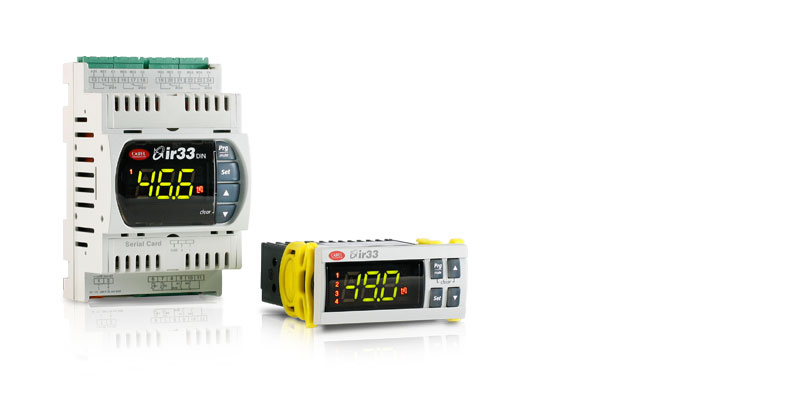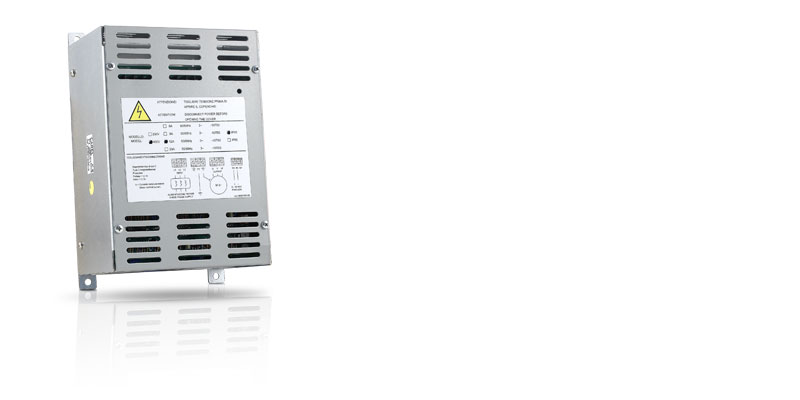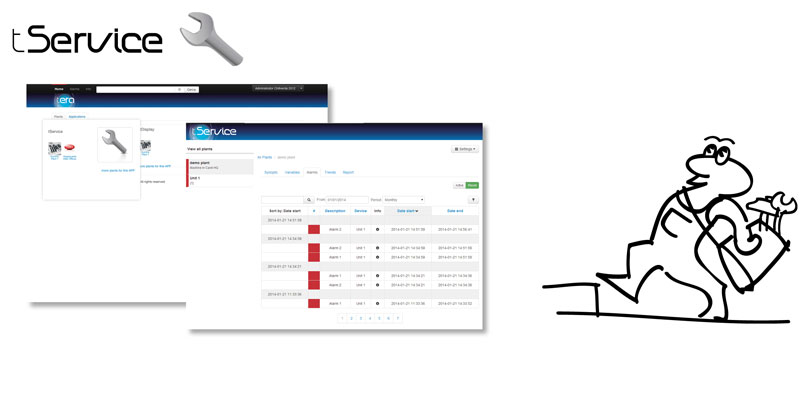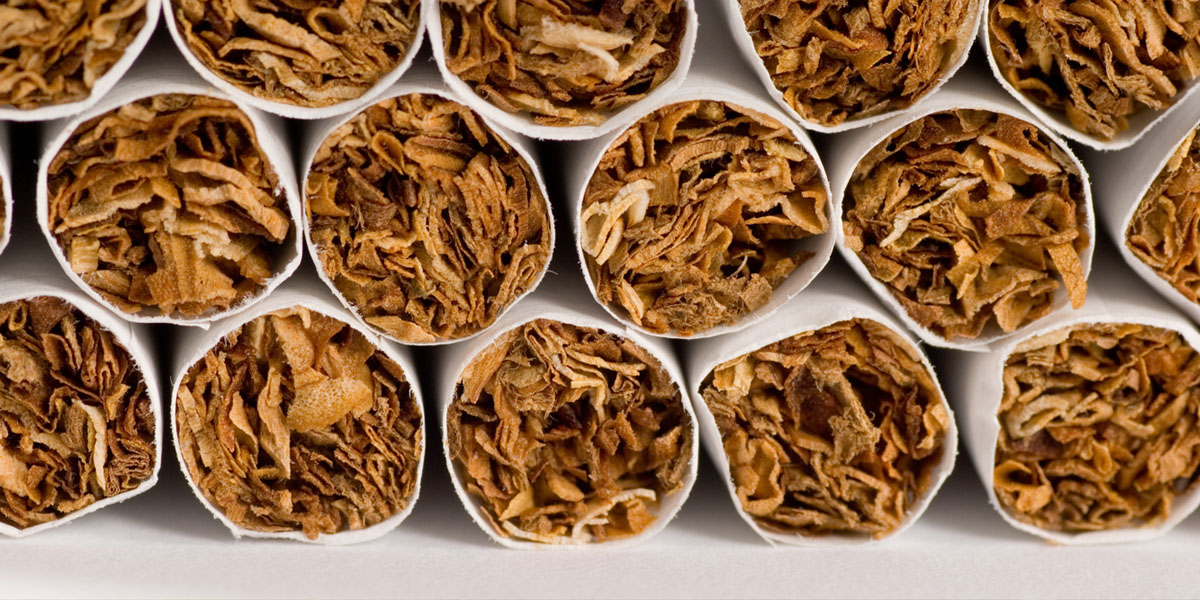Industry and Process


-
General characteristics
What is humidity? Humidity is nothing more than airborne water vapour. Relative humidity is the percentage of water in the air at any given temperature (e.g. 50% RH at 20 °C) with respect to the maximum quantity that the air can hold at that temperature (100% RH at 20°C). The need to humidify the air usually occurs in winter months, when the outside air is cold and humid, for instance -5°C, 90% RH, and is heated in industrial environments at 20°C with a relative humidity that is lowered to 15% RH. As a result, the air can seem "dry". Even an air-conditioning system or a refrigeration system can "dry" the air, in that they work by cooling the air until it is below dew point, removing humidity (dehumidification). In both cases, where the result is dry air, a phenomenon occurs whereby a balance is created between air humidity and the objects within that environment, which tend to lose moisture content to evaporation. There are well-known effects on materials:
• dimensional and qualitative variations on hydroscopic materials made of plant fibres such as paper, fabric, wood, etc.;
• weight loss and aesthetic deterioration industry and process of fresh produce such as fruits and vegetables stored or displayed on counters;
• the presence of static electricity results in occurrences of discharges and electrostatic attachment;
• decrease of physical well-being and comfort of personnel, drying of the body's respiratory tracts that increases vulnerability to typical seasonal
wintertime illnesses.
Adiabatic humidifiers atomise water into very fine particles that spontaneously evaporate into the air absorbing heat and thereby cooling the air. In factories that produce a lot of heat, such as steel mills, an adiabatic cooling system increases the comfort of workers and therefore their level of concentration, lowering the rate of errors and raising productivity. Humidifying systems must contribute to a healthy environment by introducing only hygienically safe moisture into the air. For this purpose, there are steam and adiabatic humidifiers available that use materials and devices to produce "humidity" safe enough as to obtain certificates such as the wellknown VDI6022 Hygienic standards for ventilation and air-conditioning systems, offices and assembly rooms". -
Plus
Correct air humidification allows you to limit/eliminate: - Variations in the dimensions of hygroscopic materials (wood, paper, tobacco...)
- Reductions of the weight of products like fruit and vegetables;
- Possible phenomena of electrical discharge, caused by the accumulation of electrostatic electricity;
- Worsening of the well-being of people, and therefore of their productivity
Documentation
Commercial
-
Other related documentation
* Entries are ordered by date
Code Description Language Date * Release +3000193IT Umidificazione diretta: Soluzioni all’avanguardia per ambienti industriali e commerciali ITA 29/05/2025 1.2 +3000193EN Direct humidification: Advanced solutions for industrial and commercial environments ENG 29/05/2025 1.2







